Pininfarina Model X (1960)

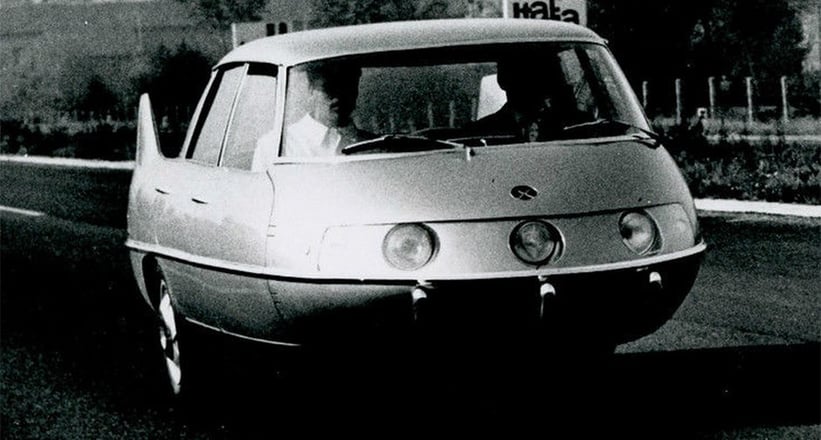
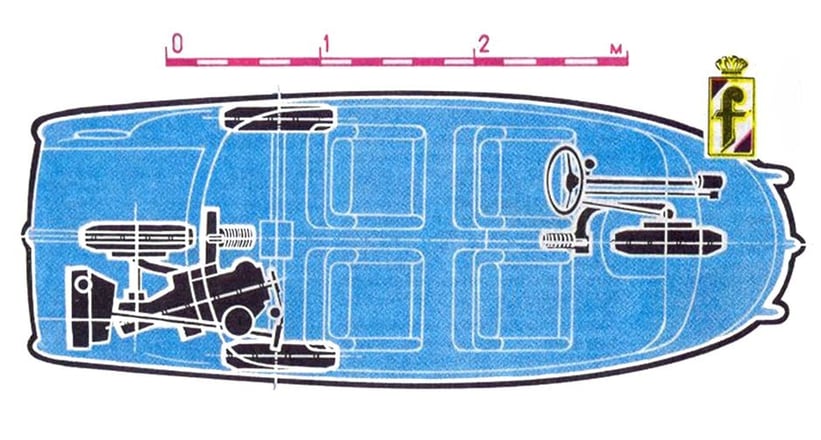
It might look like a giant version of those American-style footballs that whistle through the air when you throw them, but the Fiat-powered Model X from 1960 was one of Pininfarina’s most revolutionary design studies. Company founder Battista ‘Pinin’ Farina personally spearheaded the engineering of the dinky car, which utilised an unusual rhombus-shaped wheel layout.
While front- and rear-mounted wheels provided steering and drive respectively, two wheels were fitted either side of the car to maintain stability. Coupled with a body directly inspired by aeronautical trends of the time and that registered a frankly extraordinary drag coefficient of 0.23, the Model X was a prototype in its truest form – a rolling scientific laboratory, an aircraft without wings.
Pininfarina PF Sigma (1963)
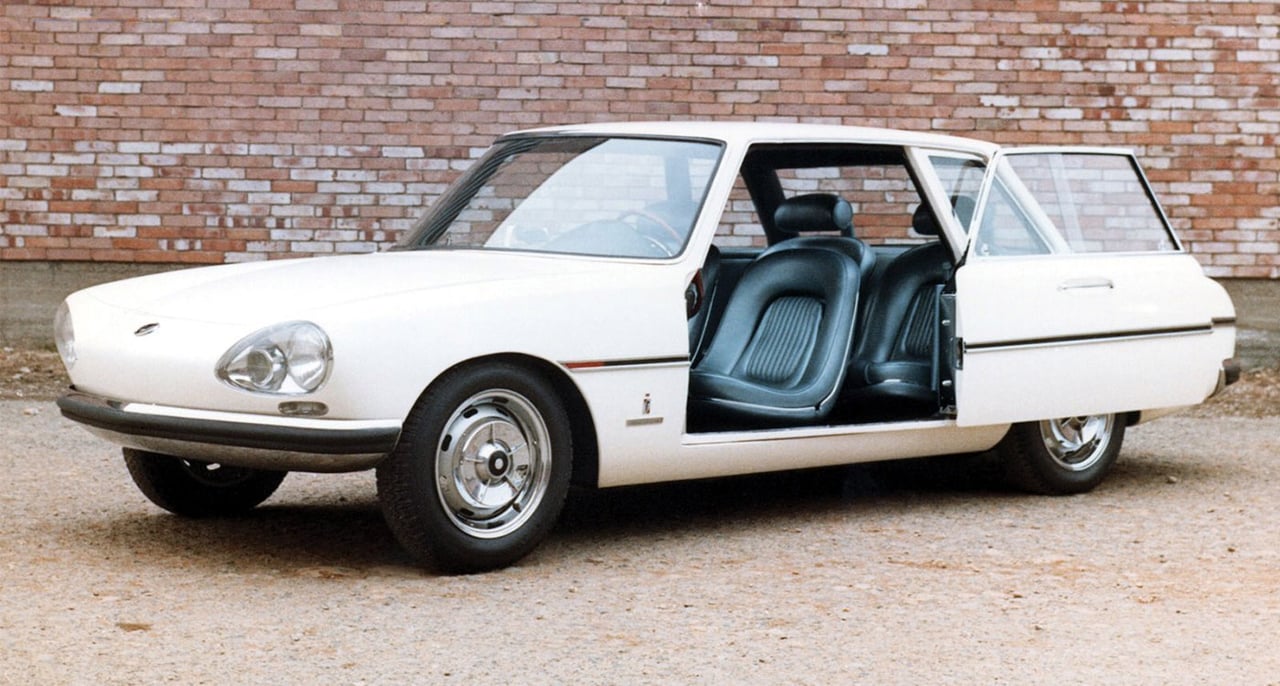
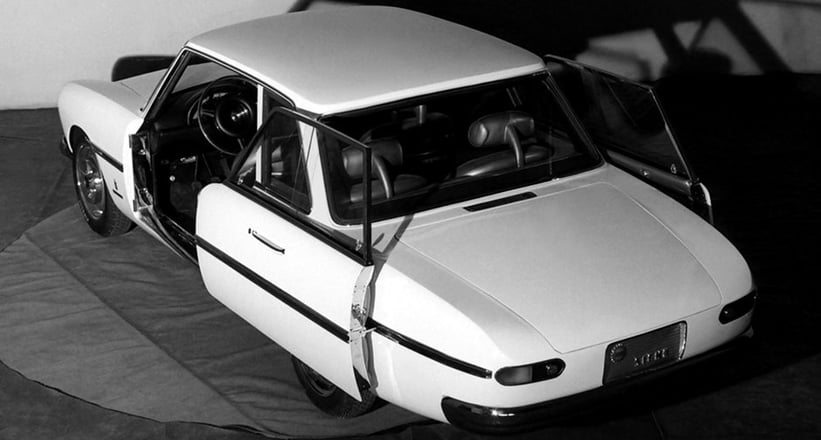
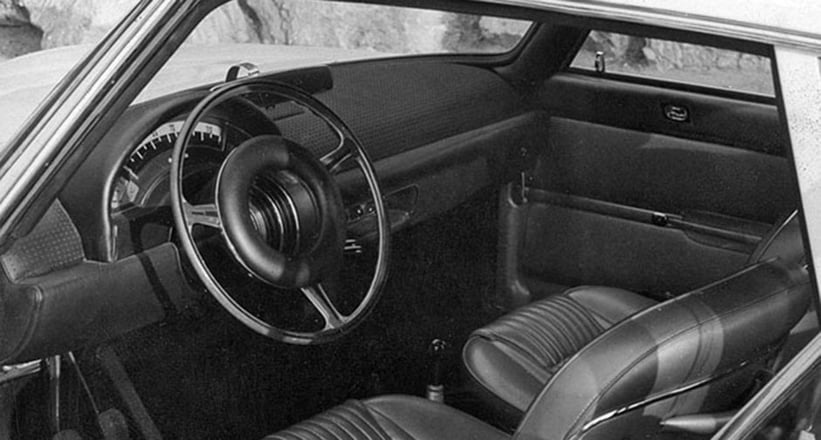
Given that it put the onus almost entirely on safety, we’re a bit baffled why no manufacturer ever explored Pininfarina’s PF Sigma concept further. Proof that safe cars could also be elegant, the charming Citroën-esque saloon was developed in collaboration with the foremost Italian car magazine Quattroroute. Save for its giant sliding doors, there were no gimmicks here. In fact, the mid-sized car’s multitude of safety solutions, which included roof-mounted anti-roll bars, an extensively padded interior and ergonomically contoured seats (objects of sheer beauty in themselves), were all features that would not have cost the earth to implement for production.
Fiat 128 Teenager (1969)
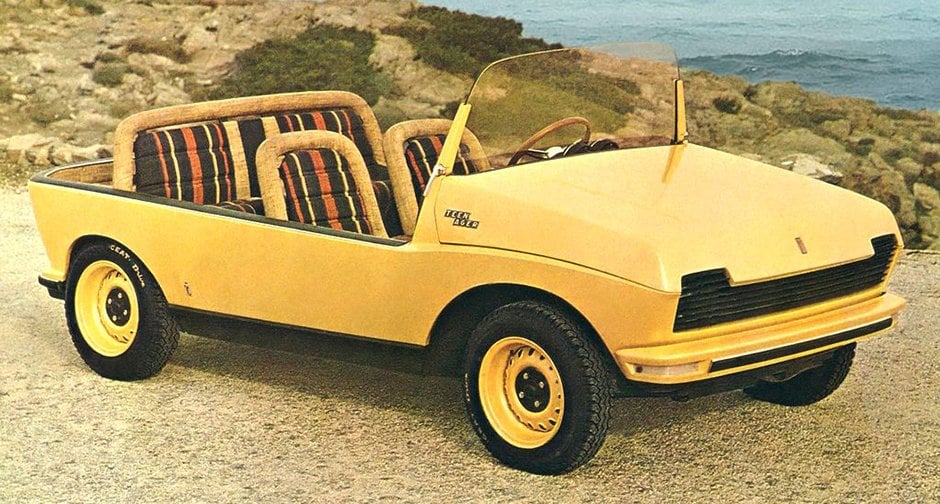
In a bid to prove it was ‘down with the kids’ (and no doubt spurred on by the popularity of the Citroën Méhari and other ‘fun’ cars), Fiat introduced the Teenager at the Turin Motor Show in 1969. A utilitarian beach buggy based on a shortened Fiat 128 chassis, the Teenager had everything an impressionable adolescent needed for a jovial day out at the beach with friends: walkie talkies, a radio complete with a tape deck, a fold-down windscreen for that authentic ‘wind in your hair’ feeling and a storage locker for keeping their diet cokes cool. We’re not quite sure it recalls the Jet Set glamour of the fabric-roofed Fiat Jollys of old, but sod it, we still want one.
Ferrari Studio Cr 25 Concept (1974)
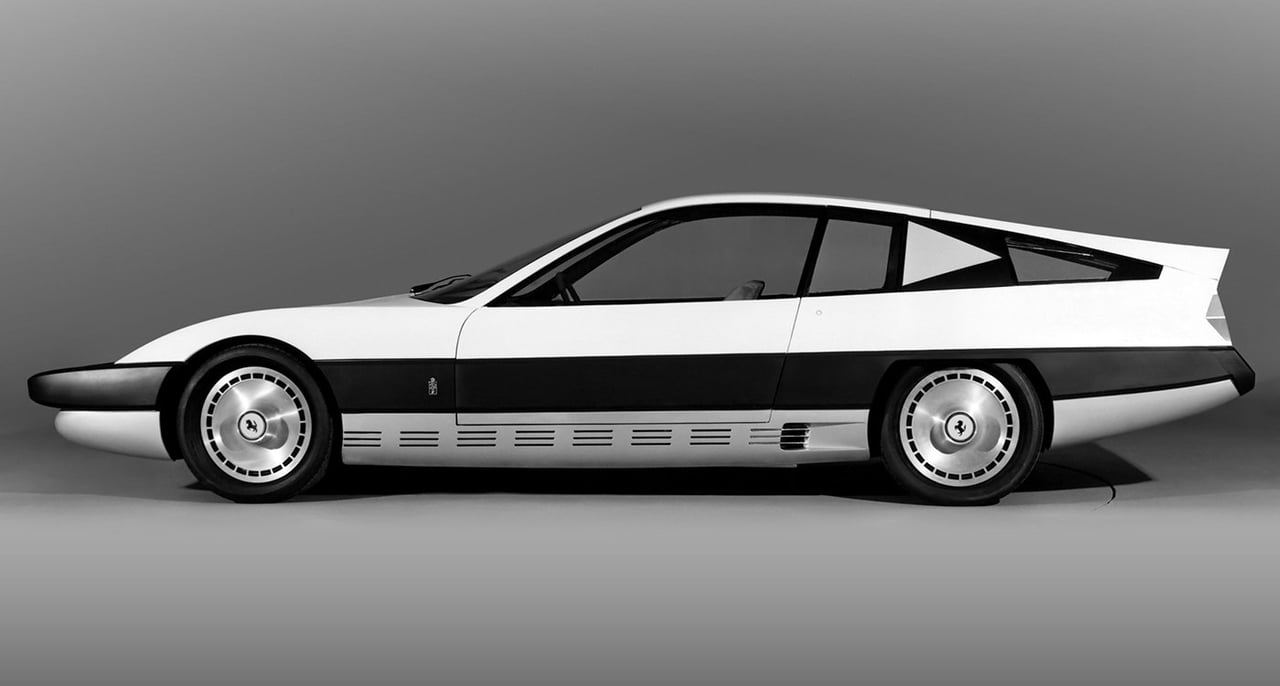
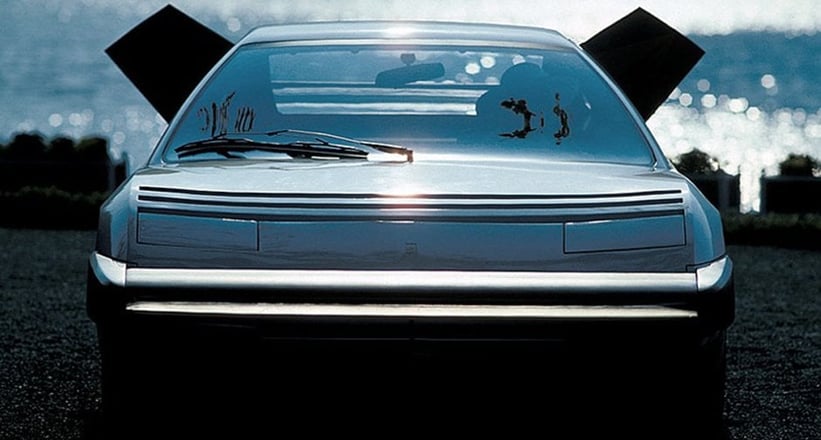
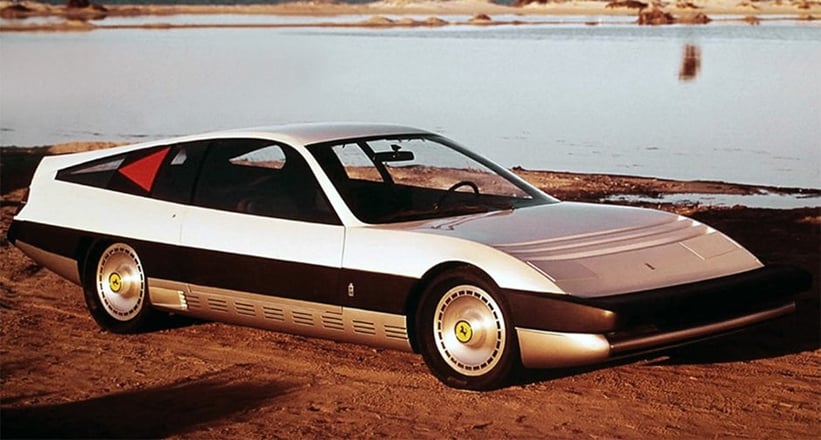
Impact absorbing bumpers. They were arguably the greatest obstacle automotive designers faced in the 1970s, such was the increasingly stringent safety legislation that required the ungainly contraptions to be fitted – especially in America, which was then the world’s most lucrative market. But if anyone could elegantly integrate them, surely it was Pininfarina? A potential successor to the boxy 365 GT4, the CR 25 was Pininfarina’s first Ferrari concept since the mighty Modulo.
Named after its wildly impressive drag coefficient of 0.25 (refined in the design studio’s new state-of-the-art wind tunnel), the unique four-seater concept boasted a clean albeit rather uninteresting body. Still, the satin black waistline did mask the giant front bumper, which itself was cleverly used to stabilise the airflow. Our favourite feature? The concealed panels in the C pillars that open to form giant sails that slow the car down. Ingenious!
Pininfarina Studio CNR (1978)
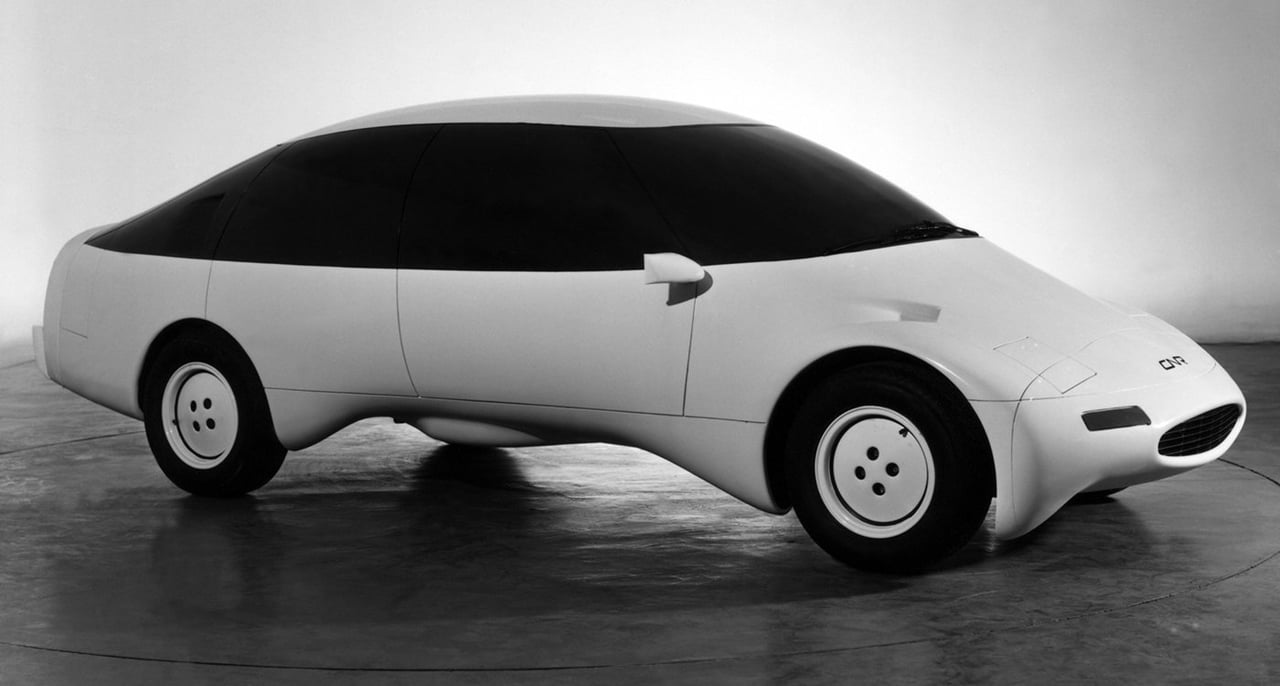
Cheating the wind. That was the primary objective of 1978’s Studio CNR. Pininfarina has always been predominantly interested in classical design qualities, but this bizarre banana-shaped people carrier, developed in partnership with the Italian National Research Council, pushed the boundaries like nothing before. The Compasso d’Oro was an award for ‘Ideal Aerodynamic Shape’, and with a drag coefficient of 0.20, the Studio CNR duly won it in 1979. The car would have been about as thirsty as a camel, but then it was about as ugly as one, too.
Audi Quartz Concept (1981)
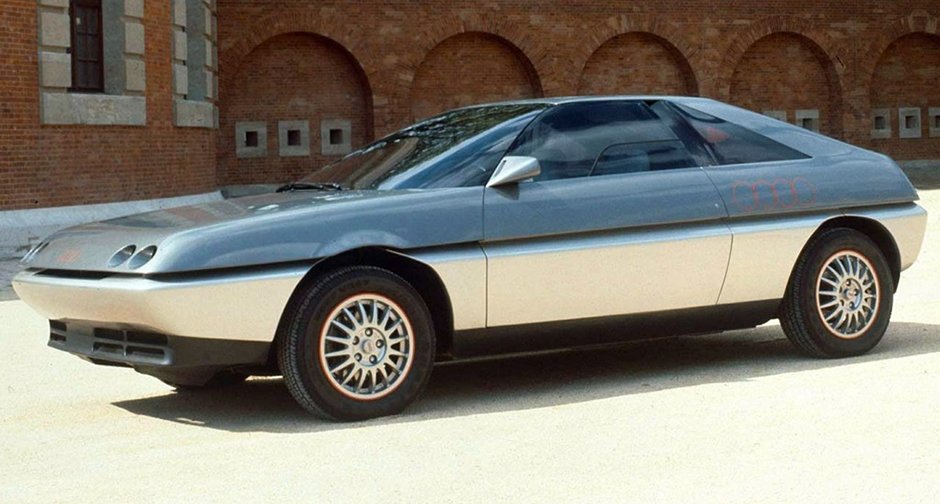
Save for its skin, which comprised advanced experimental materials such as carbon-fibre, Kevlar and polycarbonate, we’re not sure Pininfarina’s Quartz Concept brought much more than the Audi Ur-Quattro upon which it was based. Sure, 80kg was knocked off the regular car’s weight, but the body, as wedgey and on-trend as it appeared, was not actually as aerodynamically efficient as the Audi’s. The four-wheel-drive concept did, however, anticipate many 1980s design trends such as full-width taillights, body-coloured bumpers and concealed A and B colours.
Honda HP-X (1984)

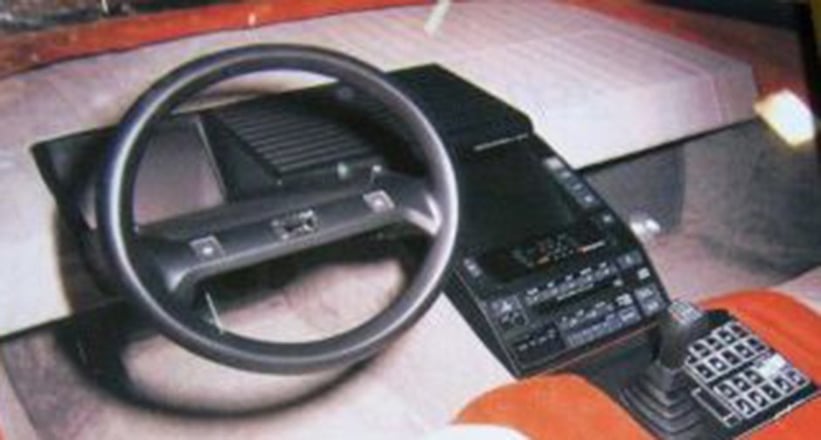
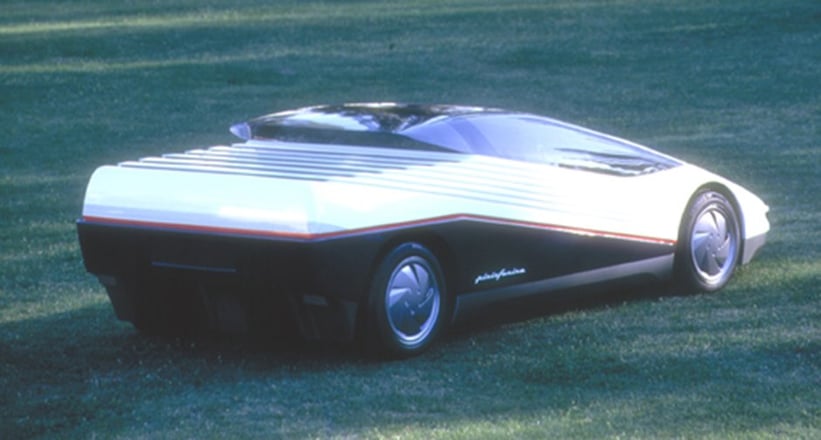
This giant wedge of cheese was a vision of how Honda might utilise the black magic of ground-effect aerodynamics in a road-going sports car. The HP-X was exhibited as part of the ‘Take a Trip into Tomorrow’ display at the London Motor Show in 1984 and frankly made everything else look a bit pedestrian. At its heart was a transversely mounted two-litre V6, the same unit found in Honda’s championship-winning Ralt Formula 2 car.
Perhaps more impressive than the futuristic exterior was the underside, which was intricately faired and contoured in a bid to generate downforce. And generate downforce it did. The HP-X was no vanity project – Pininfarina built a fully operational prototype, which played a significant role in the development of the cult-classic NSX.
Lancia HIT (1988)
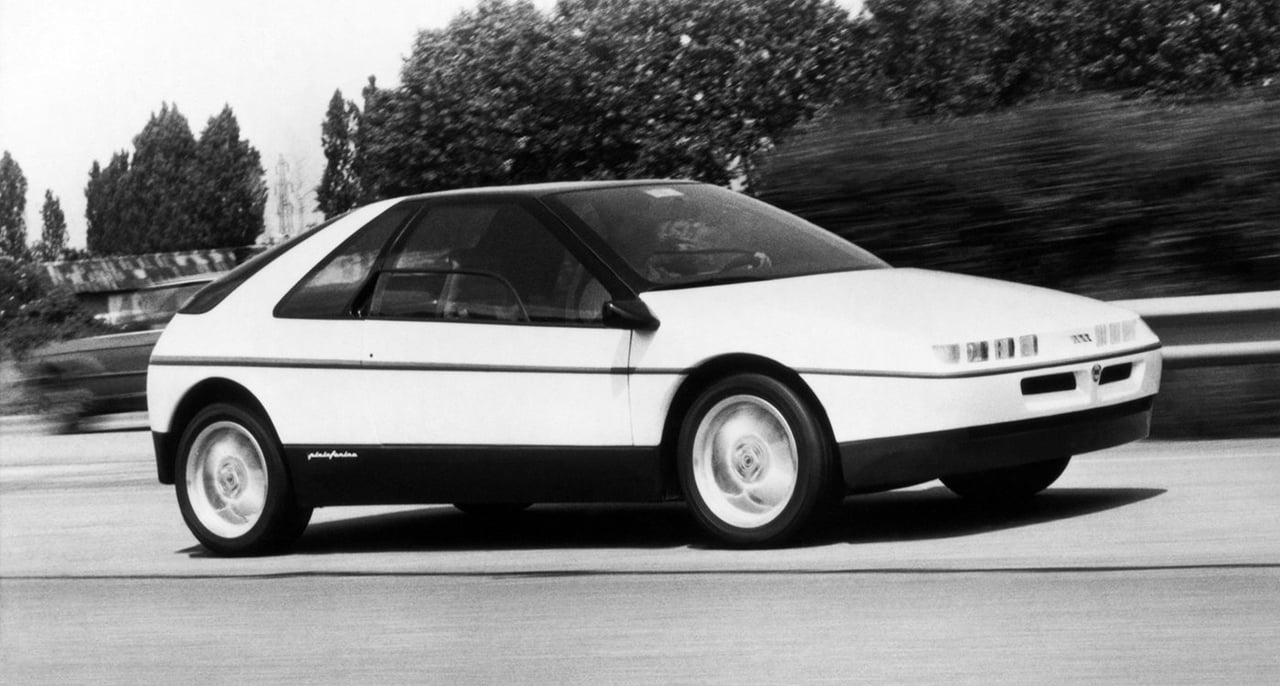
From a driving point of view, we reckon the Lancia HIT is the greatest ‘what could have been’ from this list. Imagine, if you will, the proposition of a Delta Integrale with an ultra-stiff carbon-fibre chassis, a sleek and slippery wind-cheating coupé body crafted from Kevlar and glass-fibre and a kerb weight of just 980kg, a drastic saving of 235kg. This exciting concept’s name says it all: HIT stands for High Italian Technology, and Pininfarina crammed everything it knew at the time into the compact package. It was aimed at a well-heeled customer base, likely to justify the inevitably extraordinary production cost. It must have been an absolute riot from the behind the wheel, though.
Pininfarina Ethos 1 and 2 (1990s)
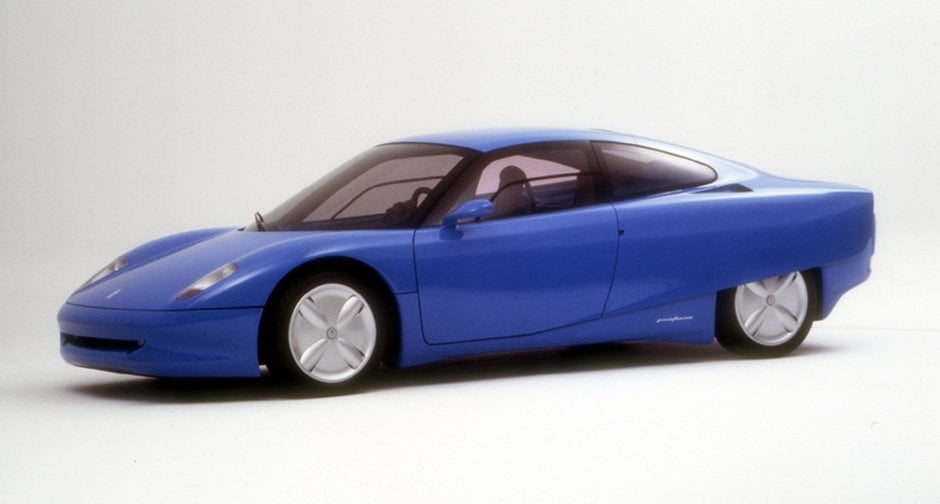
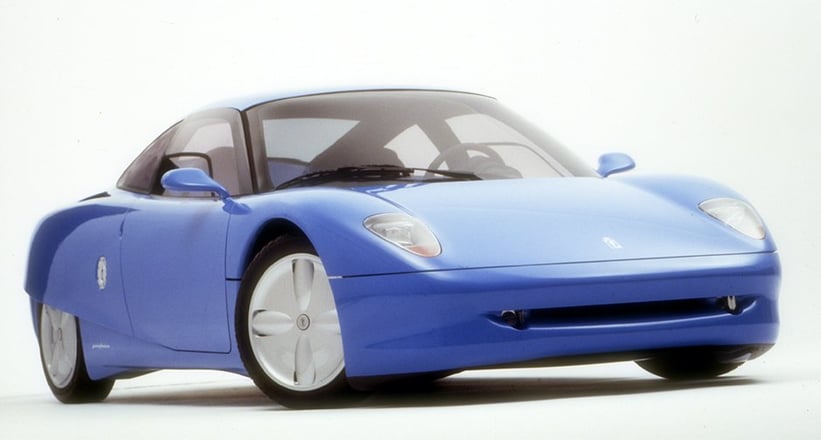
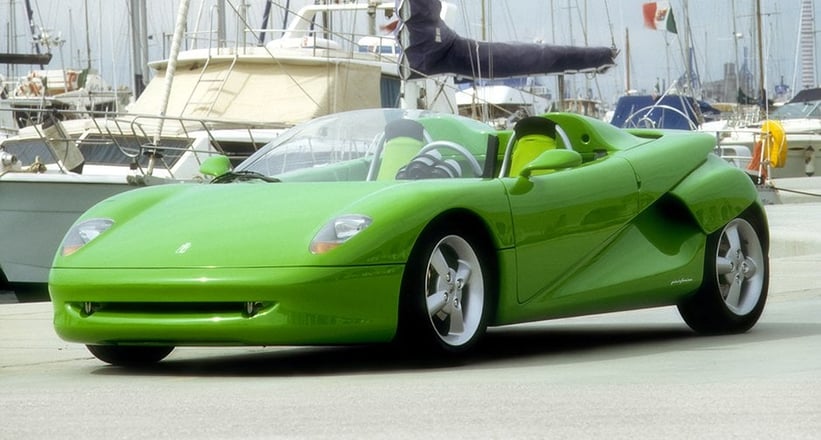
Conceived in the early 1990s as environmentally friendly design studies, the aptly named Ethos concepts were designed by Pininfarina’s Stephane Schwarz. Comprising a radical looking spider, an ultra-sleek coupé and a modest city car, the entirely recyclable Ethos trio utilised hydro aluminium chassis, thermoplastic bodywork and an innovative Orbital engine that was modest in power but extraordinarily fuel efficient.
The second Ethos, which debuted at Geneva in 1993, was arguably the most impressive. Boasting a freakish drag coefficient of 0.19 and characteristics ripe for urban use, it was the VW XL1 before the VW XL1 was a thing. It also bears an uncanny resemblance to the new McLaren Speedtail, don’t you think?
Citroën Osée (2001)
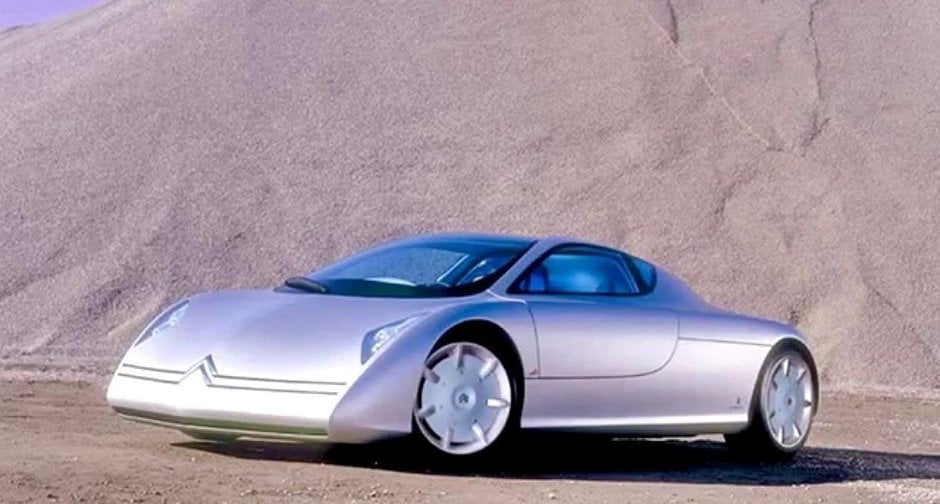
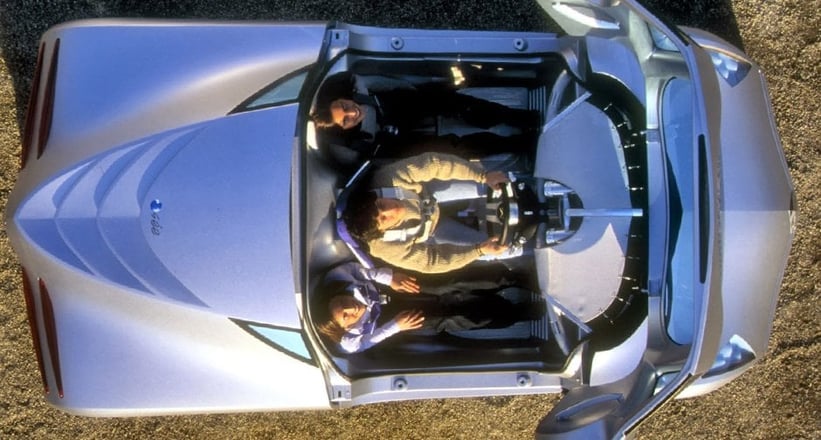
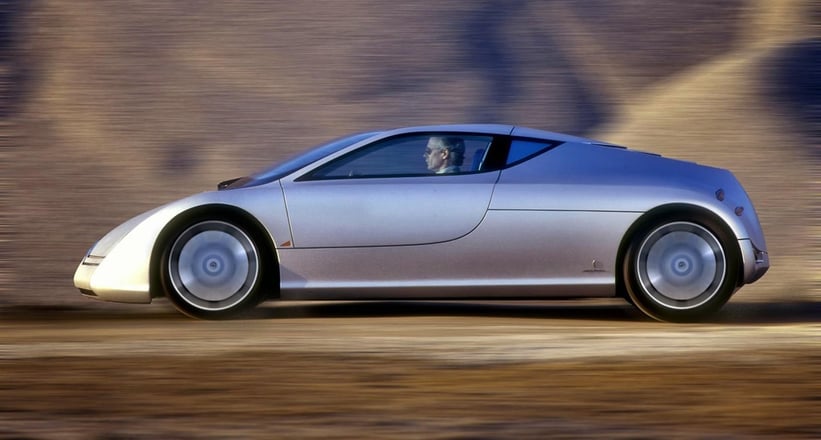
If we were going to design a fighter jet for the road, we’re not sure we’d choose the Citroën C5 as our starting point. Nonetheless, Pininfarina saw the introduction of the French marque’s new premium saloon as an opportunity to inspire the world with a radical mid-engined sports car. He took the flagship C5’s three-litre V6 and mounted it transversely amidships, devised a three-seat cockpit layout and draped over a wildly futuristic body that really did respect Citroën’s philosophy and image. Apparently, Sergio Pininfarina, who led the design, was inspired by the three-seat layout of the quirky 1970s Matra Bagheera, but we think it’s much more likely that he had Gordon Murray’s McLaren F1 at the front of his mind. Access to the cockpit was not via tradition doors, but rather by an extravagant hydraulically operated canopy – very Top Gun.
Photos: Pininfarina, Fiat, Honda, Lancia, Citroën






















